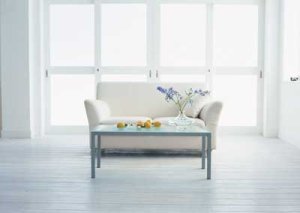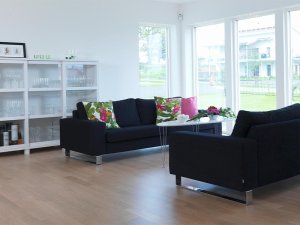The pros and cons of SPC flooring
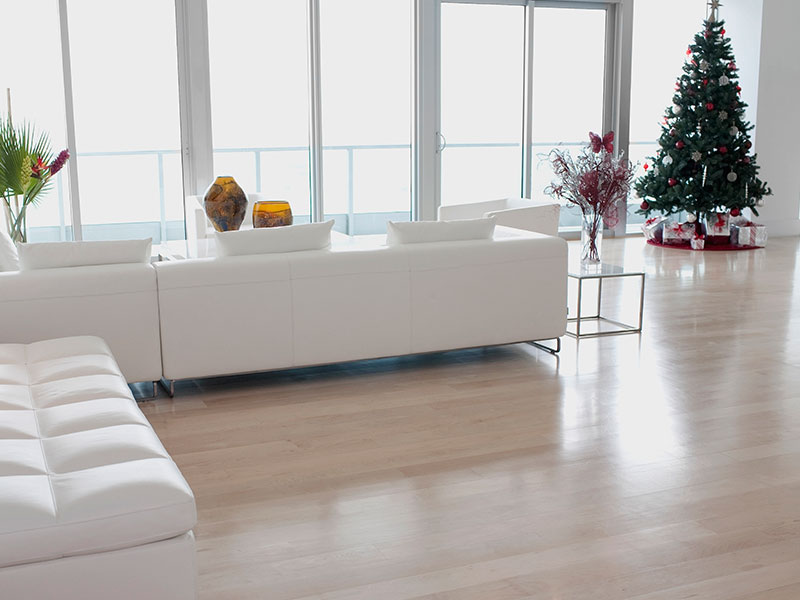
Not all flooring is made equally and there is no single superior type of material. The right flooring for you will depend on your budget, features that are a priority to you, the overall look, and where you plan to install it. Here we will break down the pros and cons of SPC flooring so you can make an informed decision on whether it is the right material for your project.
Evolution of flooring
Before we dive in, it’s helpful to look at the brief history of wood flooring and the drivers behind the innovation in materials. Real hardwood flooring is the real deal and is still very popular. It can be easily sanded down and refinished, giving it a long life span. However, it is costly to purchase, install and maintain, requiring a certain level of humidity to prevent cracking. The demands on wood as a natural resource are also very high.
The industry begged for lower maintenance, cheaper version of solid hardwood floors so engineered hardwood was born. This solution helped with lowering maintenance and care for the floors but was still fairly expensive for consumers.
Then came laminate floors – a wood particle blend with an image layer on top to mimic the look of hardwood. As high-definition prints and embossing techniques continue to improve the look of laminate, the biggest problem is its tendency to swell with moisture.
Porcelain tile caught onto this desire for wood-looking floors so there has been an increasing trend in wood-like tile. Tile is great because it’s very durable and water resistant but is cold to the touch and the rock-hard surface can be tough on the feet. Tile also has a more complex installation requiring mortar and grout.
A luxury vinyl tile (LVT) was the next big thing. LVT is vinyl constructed into planks to mimic a wood-looking floor and is waterproof, which solves the problem with laminate. It is cheaper to install with both floating floor click-system or glue-down options but can shrink or buckle with cold and heat.
This leads us to the latest innovation in wood-like flooring – SPC.
What is SPC flooring?
SPC flooring, which stands for Stone Plastic Composite, is the latest innovative material in the flooring world. It is a premium type of LVT that is 100% waterproof and a much more stable material than traditional LVT.
The core of SPC multi-layered floor planks is created from a stone powder and PVC plastic combination that produces an incredibly durable dent-resistant material that doesn’t expand and contract with environmental changes.
One of the most significant advantages of SPC is that it is commonly installed with a click style system that is significantly faster to install than traditional tiles – making it a DIY homeowner favorite. No glue or nails are required to install, simply cut to size and click in place. Although it lacks some durability compared to traditional tiles, the speed of installation drives down the labor cost so significantly that it makes a great flooring option.
What are the various layers that makeup SPC flooring?
While it ranges depending on the manufacturer, SPC planks are generally made up of the following layers:
UV layer – Ensures stain-resistance, waterproof performance, and prevents fading.
Wear layer – Restores the authentic color and embossing, protecting it from abrasion.
Decorative layer – This is the printed wood-looking pattern.
SPC Core – Durable rigid core of plank that doesn’t expand and contract with shifts in temperature or humidity
Bottom layer – This May be cork or foam backing material that gives some cushioning for a more comfortable underfoot.
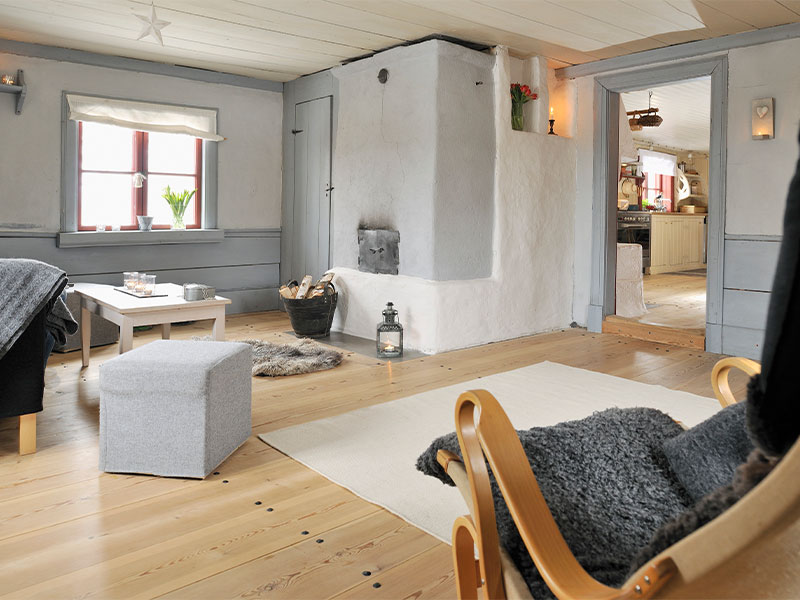
Pros and Cons of SPC flooring
Pros:
- 100% Waterproof
- Low installation cost – cheap to do yourself or save significantly on labor and materials for a professional install. Tile usually costs between $5-10/sq ft to get professionally installed whereas SPC is $1.50-2/sq ft.
- Easy installation – click system is easy to do with minimal tools, wait time, and effort
- Looks great – there are endless options of patterns, colors, and grains to get the precise look and shade you want
- Some are radiant heating compatible
- Environmentally friendly – avoiding the use of real wood protects the earth’s natural resources and it can be recycled
- Safe, better air quality – it is free from dangerous chemicals typically found in floorings such as formaldehyde, glues, benzene, and phthalates
- Some soundproofing – The multi-layered composition of materials provides some natural sound-proofing
- Warranty – SPC generally comes with great manufacture warranties, where the length of warranty generally increases with the thickness of the wear layer and the core of the planks
Cons:
- Not super scratch resistant. While the core is highly durable, the wear layer on top can show noticeable scratches with excessive use. It’s very suitable for regular use in a residential home and light commercial use but is not recommended for high-traffic commercial spaces.
- Thinner material doesn’t have as much cushioning underfoot, compared to hardwood or laminate.
- Needs to be applied to a flat floor: the thicker the plank, the more forgiving on uneven surfaces.
- Cannot be installed in outdoor spaces.
- It can quickly increase in price as you add the bells and whistles like going with a thicker layer, more desirable print, extra UV resistance, etc.
- Not fade resistant – if you’re putting SPC in a spot that has a lot of natural light, it can fade over time. We don’t recommend it for sunrooms.
- It’s not wood – ultimately these hardwood alternatives will never match the value of real solid wood so the resell for your home will be lower with SPC than true hardwood floors.
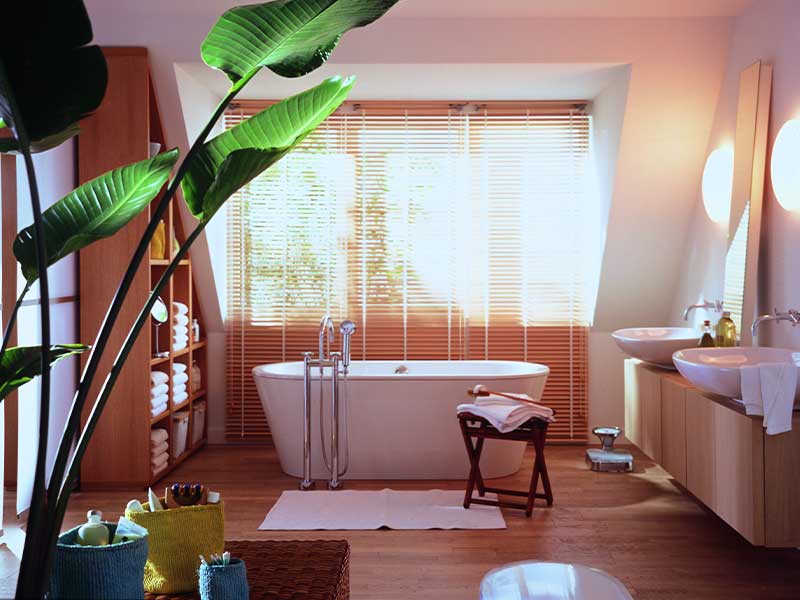
Where is the best place to use SPC flooring?
SPC is a great cost-effective choice for main floors of residential homes with normal wear in kitchens, living spaces, or bathrooms. It is also excellent for basements where you’ll benefit from waterproofing, secondary vacation homes, or rental homes as it is very low maintenance can take a beating and is cost-effective to change out to maintain a modern look.
What thickness do I need?
The thicker the plank, the more stable and comfortable it is to walk on. With this comes an increase in price but also the length of warranty. As the thickness increases, the more forgiving it is when installed on slightly uneven surfaces – although we always recommend laying SPC on as flat of a surface as possible free of debris. Dishover Flooring offers SPC flooring in 4mm-7mm, Thicknesses can be customized.

